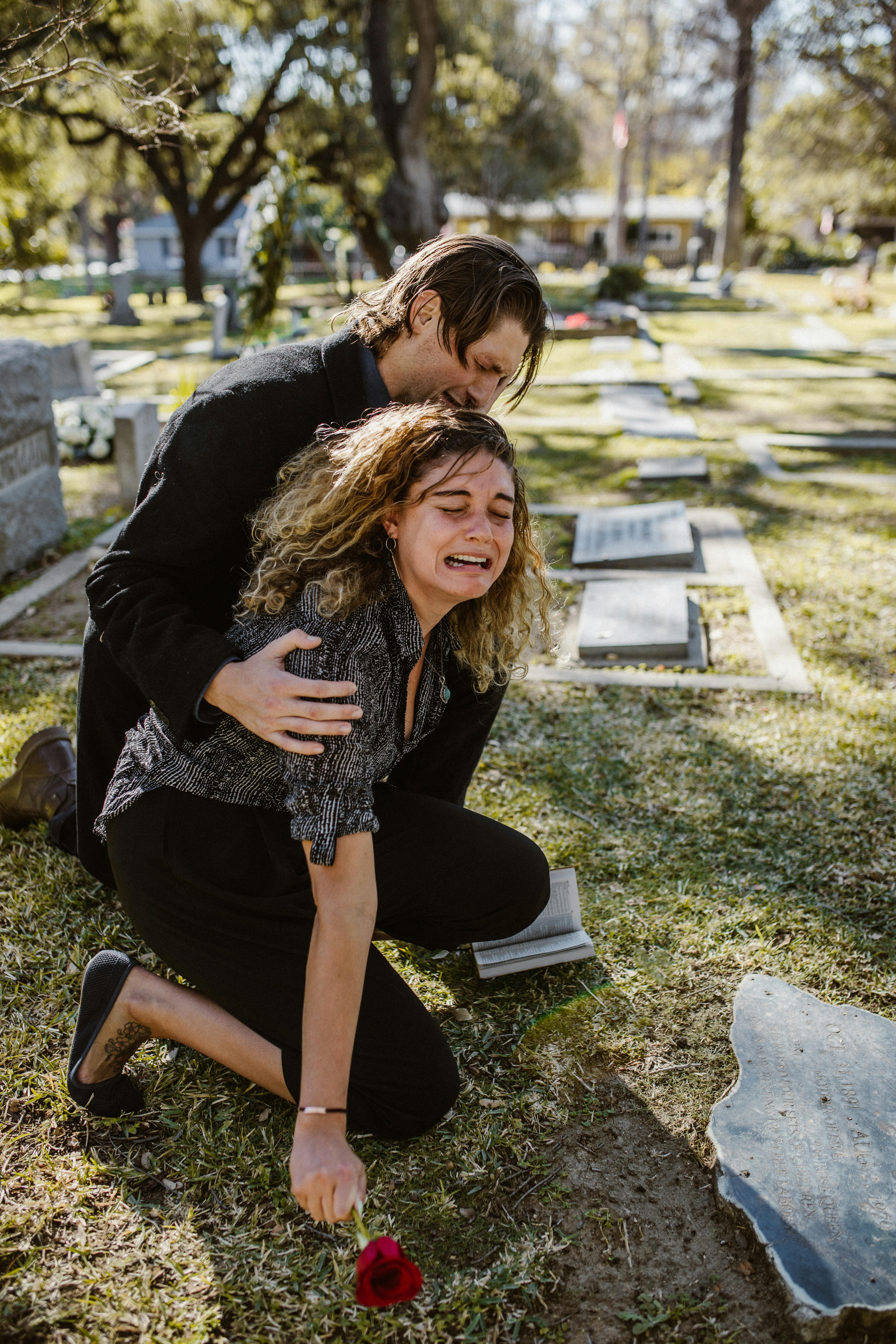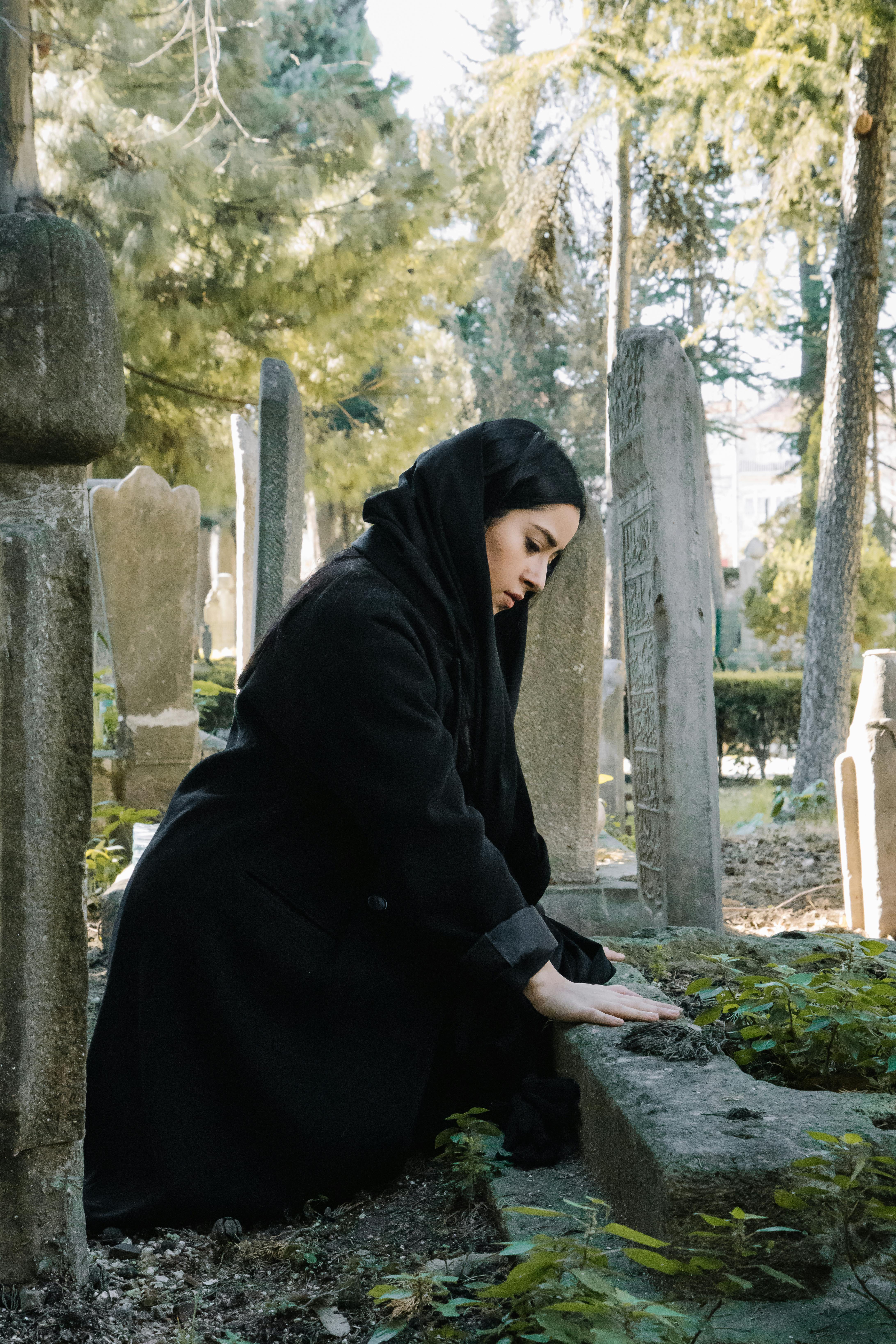Many people report experiences where they feel the presence of loved ones who have passed away. These moments can be comforting or sometimes unsettling, yet they are a common part of the human experience with grief and loss.
Recognizing these experiences helps individuals process emotions and maintain a connection beyond physical absence. It is also common for those nearing the end of life to sense or see individuals who have already passed.

Photo by RDNE Stock project
Exploring Cultural and Religious Views on Afterlife Connections
Different cultures and religions offer varied perspectives on connecting with those who have died. These beliefs shape how people interpret signs and experiences involving the deceased.
Christian traditions often emphasize reunion in heaven, where souls live eternally in peace. Islamic teachings describe paradise as a place of reward and reunion for the faithful.
In Eastern philosophies like Hinduism and Buddhism, the concept of rebirth or reincarnation plays a central role. The soul’s journey continues through cycles, influencing how connections with the departed are perceived.
Understanding these cultural frameworks provides insight into why people may interpret experiences with deceased loved ones differently, reflecting diverse attempts to find meaning in death.
Identifying Signs That Indicate Your Loved One Is Near
People often notice subtle or clear signs suggesting the presence of someone who has passed. These signs serve as reminders and can bring emotional relief during difficult times.
Being attentive to such signals encourages openness to personal interpretations and helps sustain a feeling of ongoing connection.
Common signs include sensory experiences, meaningful coincidences, and emotional cues that resonate deeply with an individual’s memories and feelings.
Dreams That Feature Deceased Loved Ones
Many experience vivid dreams where they interact with someone who has died. These dreams often feel real and can be deeply moving.
Such dreams may provide clarity, closure, or comfort, allowing people to express unspoken thoughts or resolve lingering emotions.
Paying attention to the details and emotions within these dreams can offer valuable insights into one’s grieving process.
Recognizing Meaningful Coincidences Around You
Noticing repeated patterns or coincidences related to a loved one can feel like intentional messages. Examples include hearing a favorite song unexpectedly or encountering symbols linked to the deceased.
These moments often bring reassurance and help maintain a connection beyond physical separation.
Documenting these occurrences can highlight patterns and deepen understanding of their personal significance.
Perceiving the Presence of a Loved One
Some individuals sense a loved one’s presence through feelings of warmth, sudden emotions, or familiar scents. These sensations often happen during moments of reflection or emotional need.
Such experiences can provide comfort and a feeling of closeness, even without physical evidence.
Being mindful and open to these subtle cues enhances emotional healing and connection.
Noticing Unusual Electrical or Environmental Activity
Instances like flickering lights or unexpected electronic malfunctions sometimes accompany feelings of a presence. While there are often logical explanations, some interpret these as signs from departed loved ones.
Understanding these occurrences within context and maintaining a balanced perspective is important.
Keeping a calm and reflective approach helps differentiate between natural causes and meaningful experiences.
Receiving Symbolic Objects and Signs
Finding objects like feathers, coins, or animals that hold personal significance can feel like messages from those who have passed.
These symbols often appear unexpectedly and carry emotional weight, reminding individuals of their loved ones.
Recognizing the personal meaning behind these signs strengthens the ongoing bond.
Trusting Intuition and Inner Guidance
Strong intuitive feelings or inner voices may offer guidance believed to come from deceased loved ones. These experiences help individuals make decisions or find comfort during challenging times.
Developing an awareness of these intuitive moments encourages trust in one’s inner wisdom and the unseen connection.
Practices such as mindfulness or journaling can enhance clarity and understanding of these feelings.

Photo by Meruyert Gonullu
Recognizing When a Loved One Visits in Your Dreams
Visitation dreams often stand out due to their vividness and emotional impact. These dreams may include realistic interactions, physical touch, and clear messages.
People report feeling genuine presence and often wake with a sense of peace or newfound insight.
Paying attention to recurring themes and emotions in these dreams can aid in healing and provide answers to unresolved questions.

Photo by Alex wolf mx
Stories of Connection Beyond Death
One woman shared how she repeatedly dreamed of her father after his passing. In these dreams, he offered advice and encouragement during her moments of doubt. Over time, these dreams helped her regain confidence and find peace.
Another man experienced subtle signs like his late wife’s favorite song playing unexpectedly and the scent of her perfume in rooms where no one else had been. These moments brought him comfort and a sense of ongoing companionship.
Such stories illustrate how personal experiences with deceased loved ones can support healing and maintain emotional bonds.


